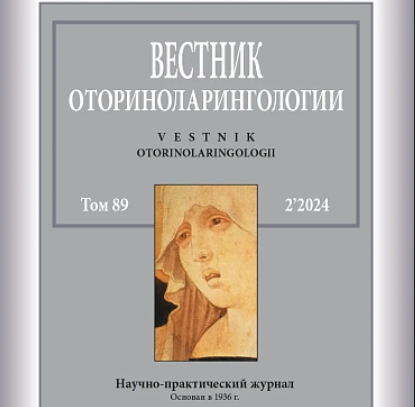
Experts evaluate role of Polyoxidonium in rhinosinusitis

The scientific journal Bulletin of Otorhinolaryngology has published the results from a comparative assessment of the effect the drug Polyoxidonium (INN: azoximer bromide) and surgical intervention had on the quality of life of patients with CRS without polyps[1]. Both azoximer bromide therapy and surgery were found to improve the quality of life of patients with chronic rhinosinusitis after a 3-month period.
Approximately 10 million Russians are affected by rhinosinusitis each year, with 15–36% of these cases necessitating inpatient care from ear, nose, and throat (ENT) specialists. Chronic rhinosinusitis significantly impacts patients’ emotional state, overall well-being, and physical activity levels. The discomfort caused by this disease can lead to decreased cognitive abilities and rapid mood changes.
Sinusitis-induced inflammation usually comes with such unpleasant consequences as swollen mucosa, impaired function in clearing the respiratory tract of pathogenic microorganisms, and increased mucus production. Various factors can trigger the disease, including allergies, viruses, or bacteria. The disease can take both acute and chronic forms.
The study, published in the Bulletin of Otorhinolaryngology, included 81 patients diagnosed with chronic rhinosinusitis without severe or moderate polyps. Among these patients, 60 underwent surgical treatment, while 21 received azoximer bromide therapy. The investigators assessed the results using a visual analog scale and the SNOT-22 questionnaire.
Both groups showed a significant improvement in the symptoms of the disease after treatment. The surgeries and azoximer bromide therapy had a comparable effect on the psychological aspect of the disease and sleep disturbances.
The study’s authors suggest that prescribing azoximer bromide as a treatment for chronic rhinosinusitis without polyps could potentially serve as an alternative to surgical intervention.
1 Bulletin of Otorhinolaryngology. 2024, Vol. 89, No. 2, pp. 46–51
Twenty years to make a diagnosis: how specialists identify and treat patients with Fabry disease in Russia?


